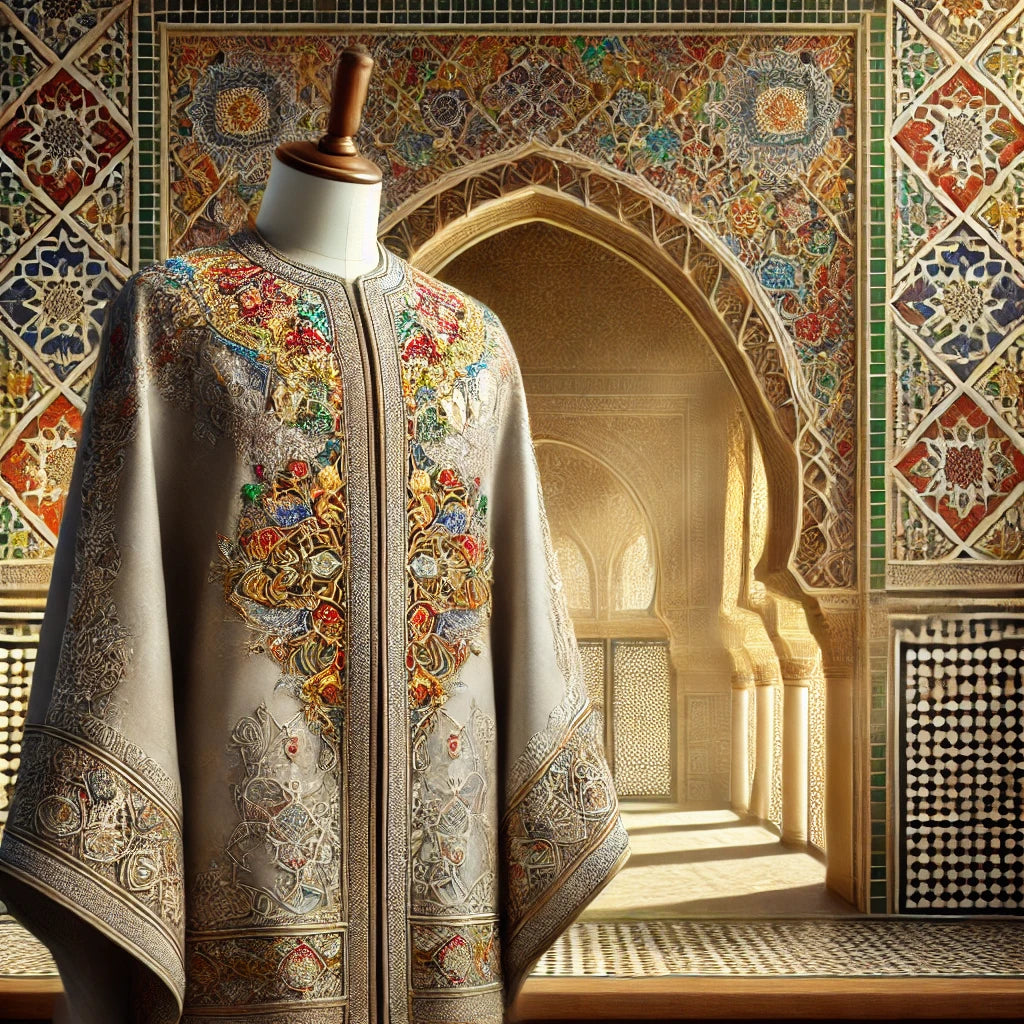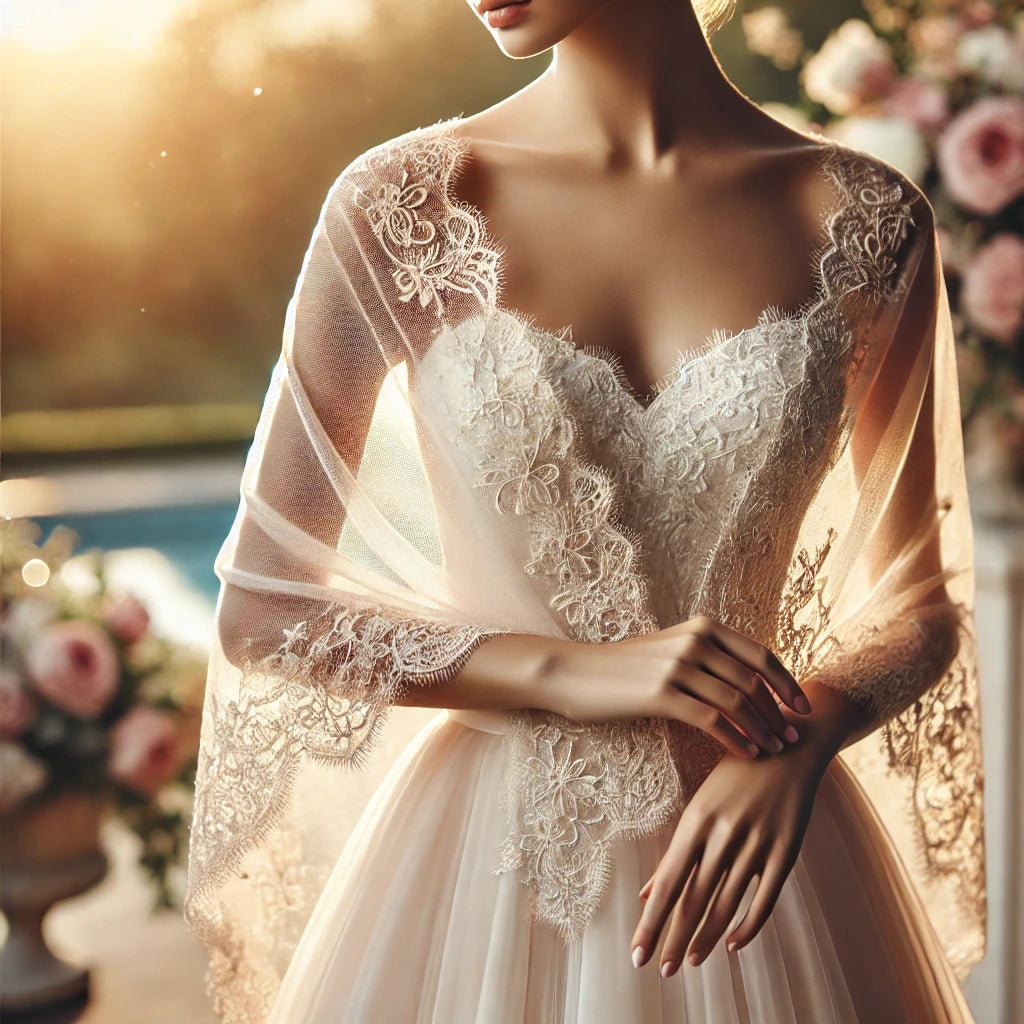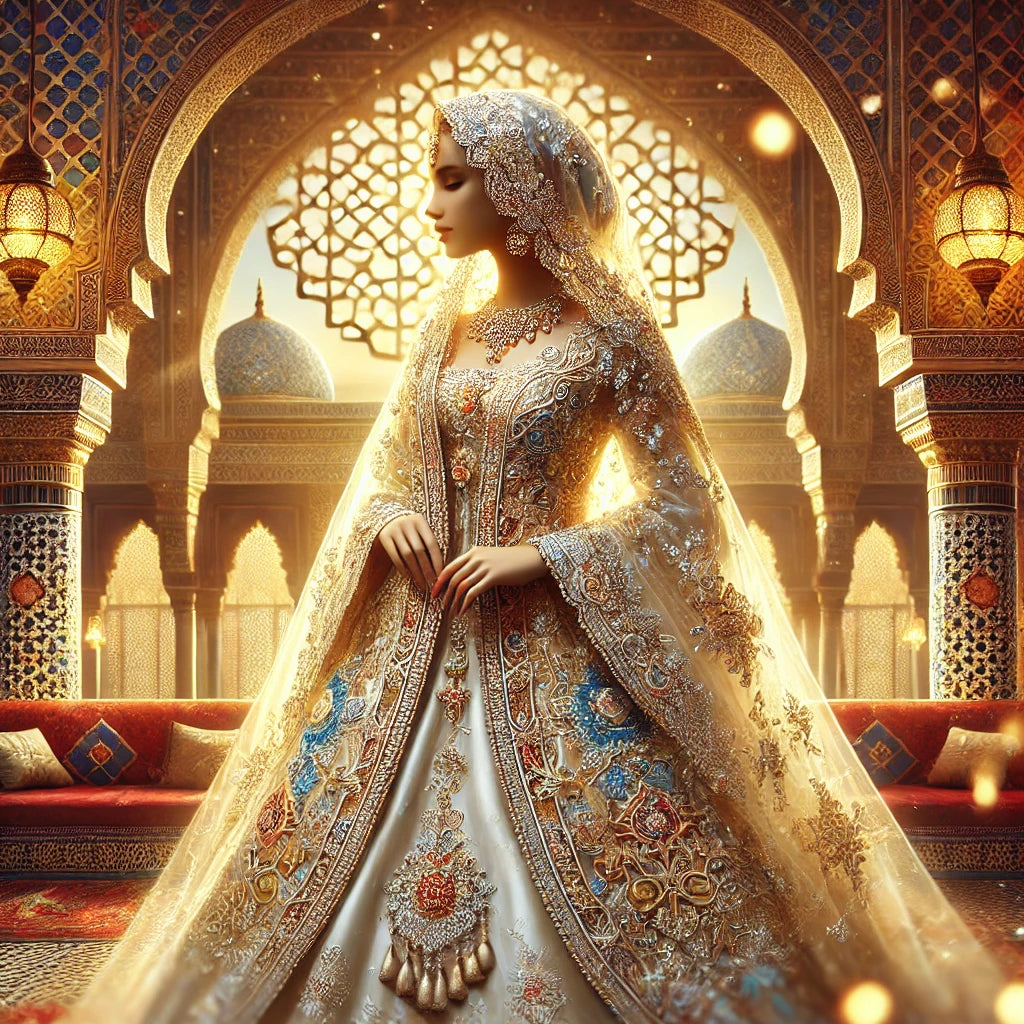
Is the caftan Turkish?
The kaftan, with its flowing silhouette and refined embellishments, is much more than just an item of clothing: it's a symbol of culture, history, and prestige. But one question often comes up: "Is the kaftan Turkish?" This question, far from trivial, raises fascinating debates about the origin and evolution of this iconic garment. Through this article, we will explore the roots of the kaftan, its cultural heritage, and its influence throughout the world.
Let's take a concrete example: Yasmina, a fan of oriental fashion, recently purchased a caftan for a wedding. Intrigued by its delicate patterns and history, she wondered if this garment had Turkish origins. Delving into her research, she discovered multiple influences, revealing the richness of this timeless piece.
If, like Yasmina, you are fascinated by the beauty and diversity of the caftan, discover our Moroccan Caftan collection to explore authentic and modern models.
The origins of the caftan
The caftan is an ancestral outfit that draws its roots from different cultures and civilizations.
A rich and complex oriental origin
The word "kaftan" originates from the Persian language, where it refers to a long cloak worn by elites. This garment then spread to other regions through trade and cultural exchange.
Example : In the 16th century, caftans were particularly popular at the Ottoman court, where they were made from luxurious fabrics such as silk and brocade.
To admire models inspired by this era, visit our Moroccan Caftan collection.
The influence of the Ottoman Empire
So, is the kaftan Turkish ? Not quite. Although the Ottoman Empire popularized the kaftan, this outfit isn't limited to Turkey. It was also adopted in other regions like Morocco, where it evolved into a unique piece.
The Moroccan caftan, a style in its own right
In Morocco, the caftan was revisited to reflect local traditions, with meticulous embroidery and specific cuts. This version is now one of the most famous in the world.
Explore our Moroccan Caftan collection to discover pieces with varied influences.
The Evolution of the Caftan Through the Ages
The caftan is not frozen in time. It has evolved over the centuries to adapt to changing tastes and fashions.
The caftan of the royal courts
During the sultan era, the caftan was a symbol of power and wealth. Each piece was adorned with gold thread and precious stones.
Example : Fatima Zahra, a young Moroccan woman, wore a royal caftan to her wedding. With its traditional patterns and gold thread embroidery, it embodied timeless elegance.
Get inspired by these designs with our Moroccan Caftan collection.
An outfit revisited by modern designers
Today, the caftan is making its way onto the catwalks of international fashion shows, revisited by designers who blend tradition and modernity.
Cross-cultural influence on the caftan
From Turkey to Morocco, the caftan continues to be enriched with elements from other cultures, making it a universal and timeless garment.
Find modern inspirations in our Moroccan Caftan collection.
How to incorporate the caftan into your wardrobe
The caftan can be worn on all occasions, whether formal ceremonies or more casual moments.
Wearing a caftan to a wedding
Choose a model with elegant embroidery and rich colors for a dazzling look.
Example : Samira chose an emerald green kaftan for her sister's wedding. Paired with a gold belt, it was both traditional and modern.
The caftan in a casual version
For a casual chic look, opt for a lightweight cotton or linen caftan, perfect for summer.
Accessorize your caftan
Complete your outfit with accessories like belts, jewelry, or matching shoes.
Discover inspiring designs in our Moroccan Caftan collection.



Leave a comment
This site is protected by hCaptcha and the hCaptcha Privacy Policy and Terms of Service apply.